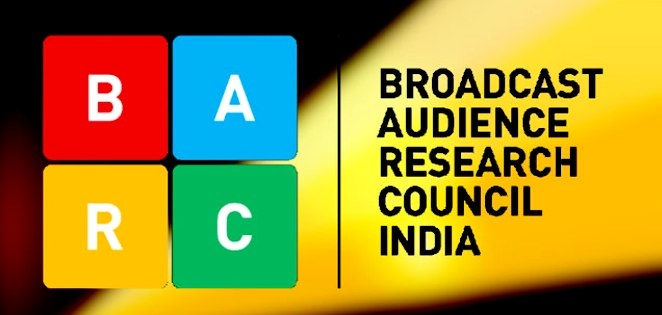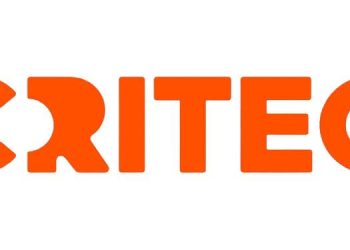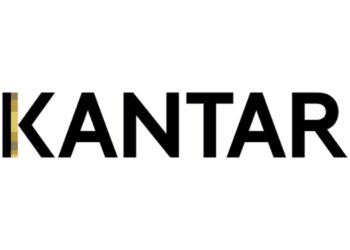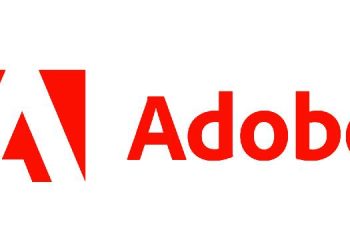Broadcaster Audience Research Council (BARC) overseeing Indian television sector’s shift to a new ratings system has priced its service at 1% of broadcaster revenue. Some users or broadcasters claim it is a 20% increase in cost for large broadcasters and 200-300 per cent for smaller ones.
Partho Dasgupta, chief executive officer (CEO), BARC, says, “The percentage is on advertising revenues. It distinguishes between large and small broadcasters. The ones with higher advertising revenue pay more. A small regional broadcaster will have substantially less ad revenue than a national one, and, hence will pay less.”
He says geographic spread and genre preferences of the audience are also factored in. Noting, “Being promoted by a joint industry body, our pricing mechanism is transparent, giving an equitable distribution to stakeholders. It is a marginal increase over the incumbent system’s cost, though we are providing a larger sample size and cutting-edge technology.”
“The gross annual billings of TAM and BARC are not very different. While the former made around Rs 140 crore a year, the latter would make around Rs 150 crore,” reveals a source working closely with BARC.
Sources reveal that under TAM, the fees came to Rs 15 lakh a year (for subscription and various reports) for a single channel. For bigger networks, the rate was customised.
While a faction in the sector is wary of the escalated costs, there is another which begs to differ. “At least we now know it is a level playing field. The fee is a flat one. Earlier, no one knew who was paying what. There is more transparency,” says a media professional with a broadcast network.
Eric Salama, CEO, Kantar Media, a 50 per cent owner of rival TAM, expresses doubts. TAM, a JV between Nielsen and Kantar Media, has been operating for 15 years. It was the sole ratings provider so far. Its stint, however, did not go unchallenged by customers, as some having raised issues over the sample size, representation, accuracy and veracity of its ratings.
“We have lost a bunch of subs (subscribers) for the TV ratings part of our business but have maintained all our subs for other parts. I believe there was a shortfall in funding (for BARC) and that, as part of the deal to fill that gap, agencies and advertisers were asked to cancel their subs to TAM,” Salama says.
“The small broadcasters are being squeezed out and will suffer, and the agencies and advertisers are getting an inferior service to what they were getting before. It would seem more sensible, from an industry point of view, for clients to continue to subscribe to TAM until BARC can offer a comparable or better service,” Salama adds.
He refers to the characteristics of BARC’s ratings, presented last week. They were at a household level, not individual viewer, and had included data from a sample size of 12,000 households.
BARC always claimed that its ratings would launch with a sample size of 20,000 households, the solution for Nielsen’s alleged under-representation, and which would give deeper coverage of the TV audience in the country.
A source close to the development says, “It (BARC) covers 250 channels and will get to 300 by the end of April. It does not cover DD (Doordarshan). TAM covers 700 channels. With BARC at 12,000 households, there are no big surprises in the data. The only big one is that it has released only household-level data. TAM releases individual level data, which is what the agencies and broadcasters need to trade. The absence of individual-level data could be due to panel instability and lower ratings for the big broadcasters.”
The CEO of a media agency, privy to developments at BARC, confirms it had indicated in its presentations that the sample size would start at 12,000 households, but media agencies were assured that this would increase.
Dasgupta says, “We are rolling out the first service of 100,000-plus households this month. We have many more meters seeded, in thousands but the 100,000-plus market needs only 12,000 sample households. The sample individual data needs to stabilise and that’s what we are ensuring. All this happened in only 20 months. The next phase will see us release the sub-100,000 urban and rural market numbers, as well as individual ratings, which should be in three-six months. The focus is not just on ‘when’ but on robust data.”
Broadcasters are waiting for the installation of the BARC ratings software with their research teams. This should happen by the end of April. “The BARC system is driven by superior technology that uniquely picks up the channel-viewing in households. Globally, such a system takes more than three years to set up, with a 5,000-6,000 households sample,” says Dasgupta.
Differences in the data of BARC and TAM would emerge in the coming months. The official launch of BARC is expected to be the last week of April, when the data would be released to broadcasters.
Meantime, the sector continues to go through a ratings dark period. From April 1, most broadcasters have stopped taking data from TAM, to prepare for the shift to BARC.

















